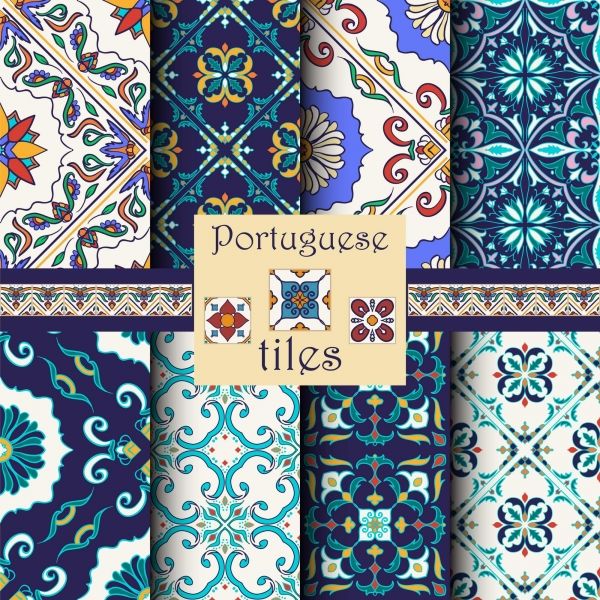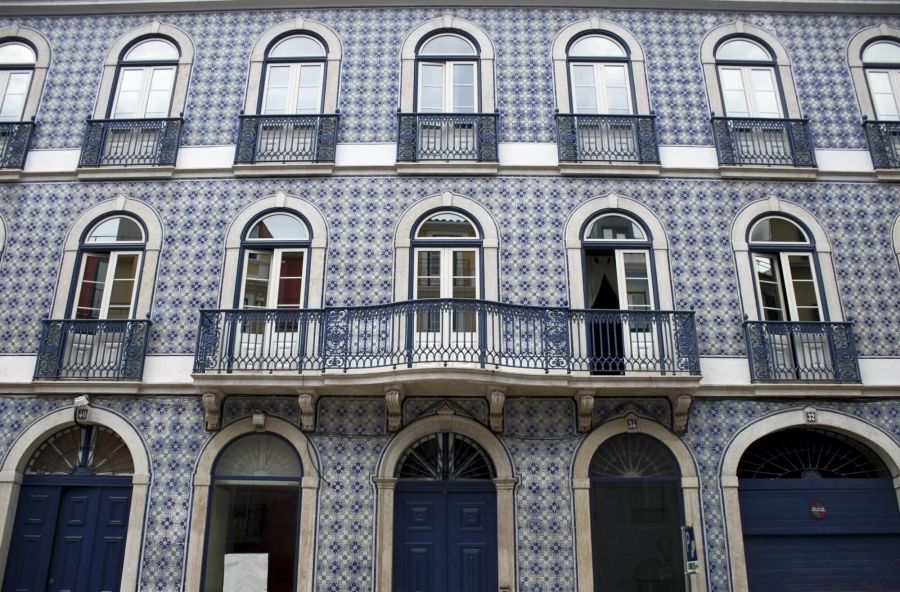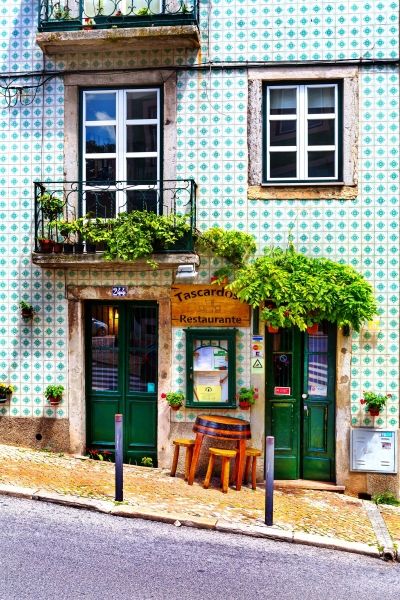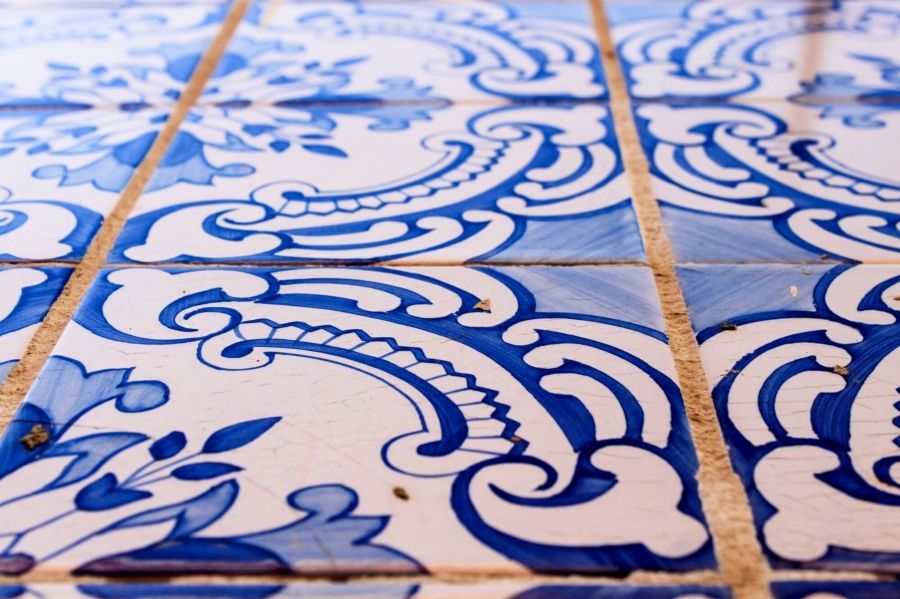Colours of Portugal - azulejos and colourful facades of scenic tenements
From historical to religious scenes. From still life to vivid morality play. So many artists, so many ideas. Blue azulejos tiles - mentioned here - are a hallmark of Portugal.
Azulejos have permanently entered into the landscape of Portugal. To date, thin ceramic tiles, mostly square, covered with impermeable and glossy blue glaze, can be seen almost anywhere - from Guimarães to Faro and from Funchal in Madeira to Ponta Delgada in the Azores.
They appear on walls and floors, balustrades of balconies and garden walls - sometimes a composition consists of several thousand elements. Often it covers all available surface in palaces, churches and monasteries, as well as in apartments or public utility places. From the floor to the ceiling - yet it always forms individual decorative compositions. Core motives? Historic, mythological and religious scenes, though geometric and vegetal patterns, as well as events from everyday life are also encountered.
Regardless of the motives, azulejos is not only a decorative element (cheaper than stone), but also practical. Their waterproof surface protects the walls during long-lasting rains, and during the sunshine, it reflects the sun's rays and prevents the walls from overheating, allowing them to maintain a lower temperature inside the building.
The name "azulejo" is most likely derived from the Arabic word "azzelij", which is translated as "a small smooth stone". This term was used in reference to the Byzantine mosaics found in the Middle East. Yet this is not the only theory describing the origin of the word. Its origin is also found in the Spanish and Portuguese "azul", meaning blue. Since a large part of azulejos produced in Portugal was blue (white colour was the background), it was not difficult to associate an item with a particular name. Interestingly, the first tiles were only available in white. Gradually blue ornament appeared on them. The production technology itself reached Portugal at the turn of 15th and 16th centuries. Over time, azulejos became very popular and was also used in European countries, mainly in the Netherlands, and to a lesser extent in Italy and England.








